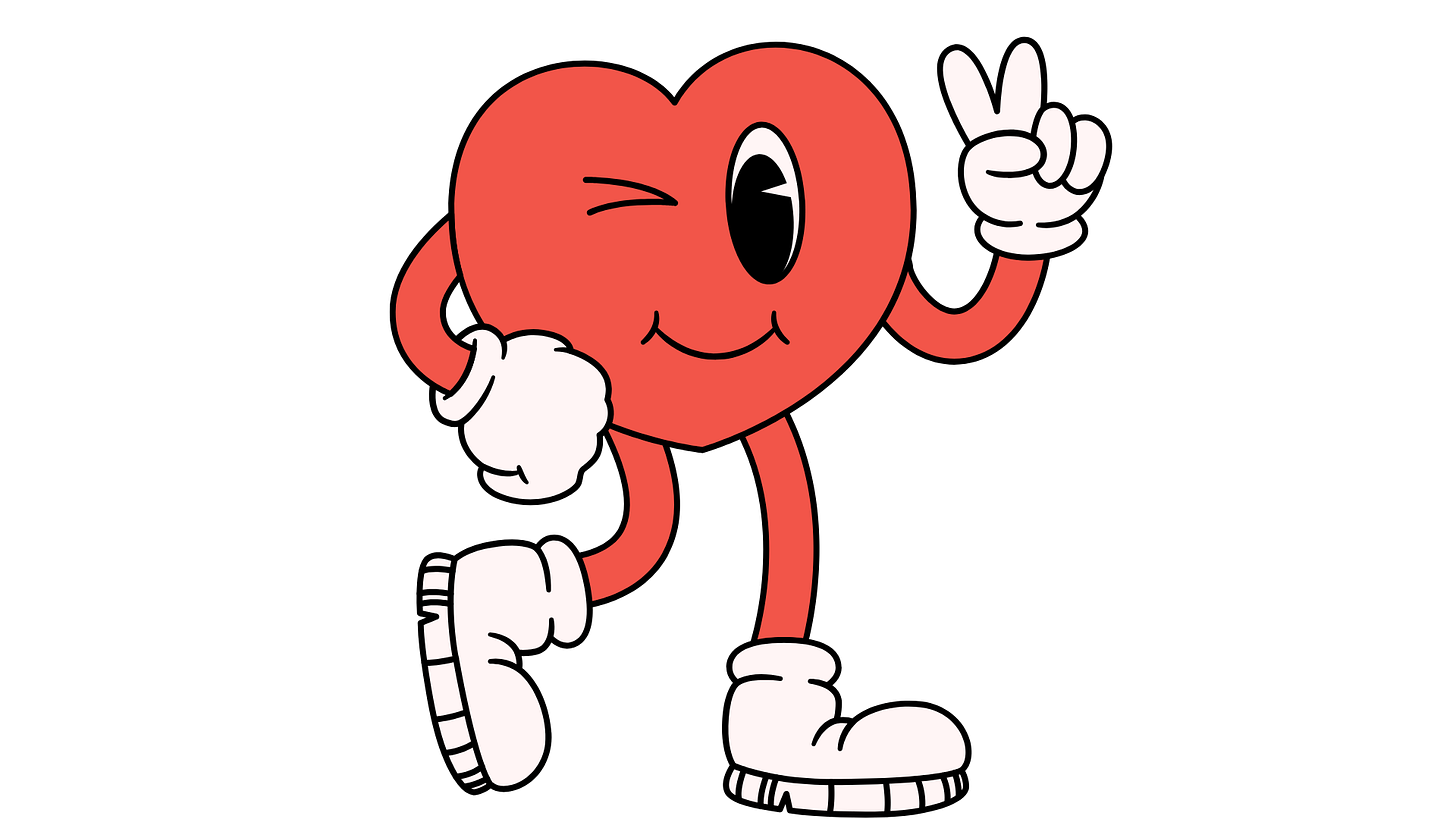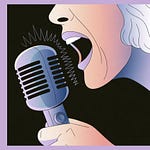
The doctor’s words hung in the air like a threat.
“If your heart fails to reset by eight o’clock tonight, we will have to do something radical.”
Radical?
I gasped. That word took my breath away.
How good do you think I felt waking up to hear that after having a heart ablation?
They were supposed to kill the misfiring cells in my heart so that my heart purred rather than continue to shake me like a rag doll.
My chest felt like a mule had kicked me. It occurred to me that they must have shocked me multiple times while under anesthesia. Not the standard practice for a heart ablation.
I wanted to believe the worst was over. But I was mistaken.
Fear overshadowed and filled every cell of my body. I could taste fear — sharp, metallic, familiar.
Lying flat on my back with clamps around my legs to ensure I would not bleed out, I felt powerless.
It was 2011.
When Awareness Arrives
When they finally let me sit up, I knew something had to change. I could feel the vibration of my heart quivering inside my chest. It was a wild flutter that persisted.
It was “irregularly irregular” and fast, with a rate between 135 and 160 beats per minute.
The nurse told me the two top chambers of my heart were misfiring — AFib, they called it — and the two lower chambers were throwing an extra beat every other beat. I could feel the difference: thump, thump-thump… thump, thump-thump.
That was when awareness hit me like a sledgehammer. I was feeding my fear, and fear was making my heart’s rhythm worse.
“Crap,” I said out loud, “I AM afraid!”
It was the truth I had been avoiding. The moment I named it, that I was afraid, I felt a slight shift, like a hinge clicking into place so that you could choose a lid or shut a door.

Reclaiming Command
Then, I forgave myself for being afraid and asked the nurse if I could walk. She said yes.
Smiling, I asked her to bring me something to hang my IV bags on. She rolled over a wheelchair with a tall metal rod on one side.
For a split second, I thought, “If they put a flag on this thing, they could find it when someone leaves it in the parking lot.”
That silly thought made me chuckle — another slight shift away from fear.
I asked her to point me toward the heart monitor station. She told me to stay on the green carpet so the monitor could still pick up my signals. I thanked her and began walking.
Beat. Beat. Beat.
At the nurses’ station, I said, “I’m Donna Blevins. Please pull up my monitor screen.”
The nurse looked up at me and blinked like a puppy trying to understand a new sound. I smiled and said, “My heart is out of rhythm. I’m in AFib, and I am throwing an extra beat with every second beat. Correct?”
“Y-y-yes,” she studdered, tilting her head again.
“What time is it right now?” I asked.
“5:15,” she answered.
“Good. Please write that on a notepad and put it to the right of your keyboard. When I come back in a little while, I want you to record when my heart goes back to normal rhythm.”
Her head tilted again, and she squinted her eyes as she wrote it down.
I turned and started walking down the hall. Each step was a conscious action.
With every step, I snapped my fingers and said aloud, “Beat. Beat. Beat.”
One step a second, sixty steps a minute, coupled with a snap. One steady rhythm.
I walked that green-carpeted hallway, smiling, whispering the command my heart needed to hear. “Beat. Beat. Beat.”
There was a rush of energy, almost electric, moving through me. I was reclaiming control of my body through language, intention, and action.
Six Minutes to Rewrite a Life
As I walked, the flutter inside my chest began to slow. The pounding softened. The vibration eased. Then, like a curtain lifting, I felt it — my heart slide back into rhythm. Smooth. Steady. Strong.
I turned around and walked back to the nurses’ station.
“I’m Donna Blevins,” I said. “The last time I was here was at 5:15. Correct?”
She nodded and checked the yellow notepad by her keyboard. “Yes. 5:15,” she said.
Beaming with a smile on my face, I said, “Good. Please pull up my monitor and tell me when my heart went back into rhythm.”
She looked at the screen with a furrowed brow, sat back quickly like a reflex, then glanced back at me.
Her mouth opened slightly. “Your heart went into normal sinus rhythm at 5:21.”
Six minutes. That was all it took to rewrite the conversation between my mind, my heart, and my soul.
The Body Believes the Words It Hears
Writing this a decade and a half later, goosebumps still race up my arms, around my neck, and down my back. Beyond witnessing the power of self-talk, I experienced it firsthand. I lived it. My body had obeyed the words it trusted most.
When I said, “Beat,” my heart believed me.
When I walked, it followed my lead.
When I replaced fear with direction, it found its way home.
That moment changed everything. I saw clearly that language is more than a tool for communication; it is a code that programs and reprograms our cells.
Our mind-body-spirit connection is real. The body listens. It remembers. It repeats or plays back memories that are stored on a cellular level.
The Final Word
The hidden language of self-talk is the rhythm that shapes everything.
It can keep your heart racing or help it rest.
Shrink your life or expand it.
Destroy faith or build it back, one steady beat at a time.
I still think of that nurse and the yellow notepad beside her computer — 5:15 — compared to my reset time of 5:21.
Proof that a six-minute conversation between my mind and body changed the rhythm of my heart, my body’s engine.
Fear had spoken first.
But language — deliberate, intentional, honest language — had the final word.
Reclaim. Reframe. Rebuild.
The language you whisper to yourself is never wasted. It is the most potent medicine you will ever use.
Listen closely. Choose your words wisely. The body always replies.
Become a subscriber to enjoy my monthly Self-Talk Tune-Up.
Self-Talk With Donna is a reader-supported publication. To receive new posts and more support from me, become a free or paid subscriber.
Consider yourself hugged,
Donna












